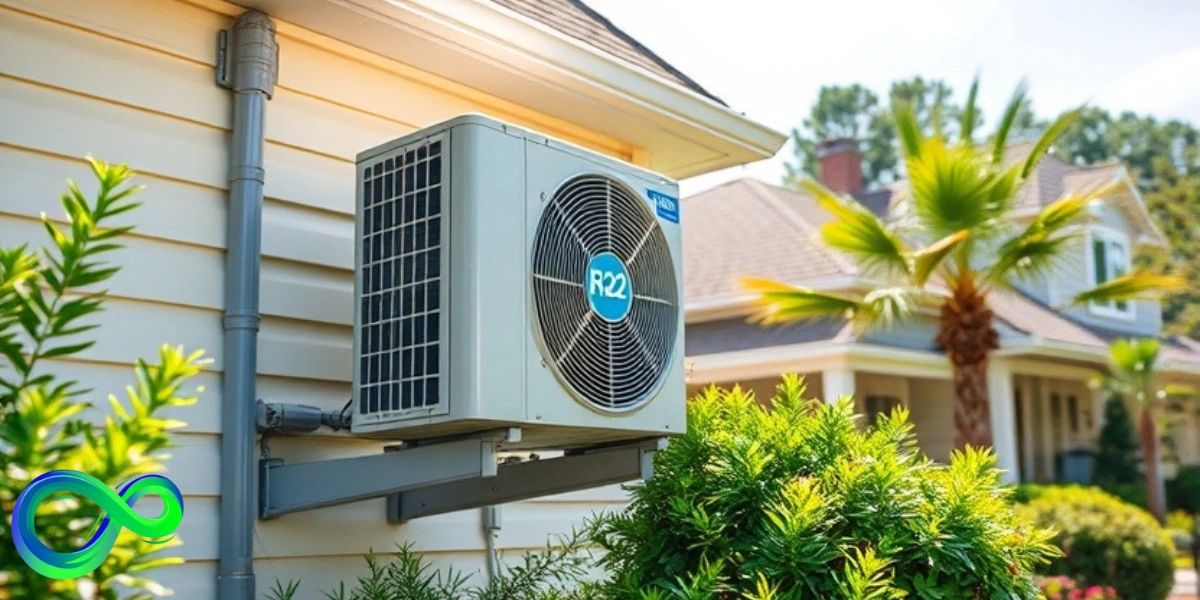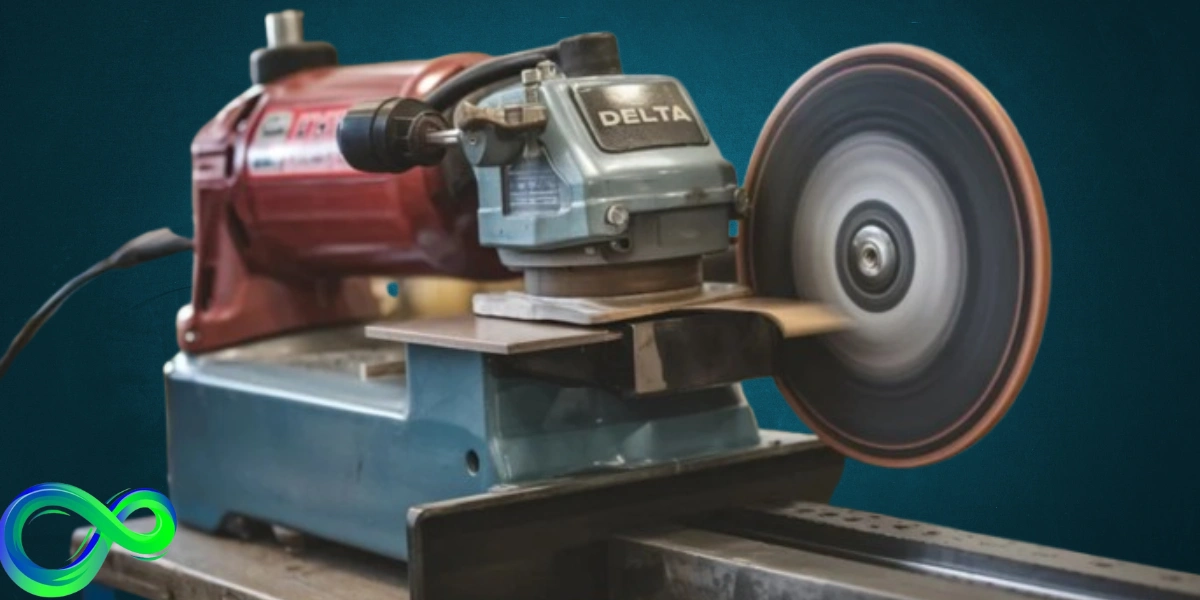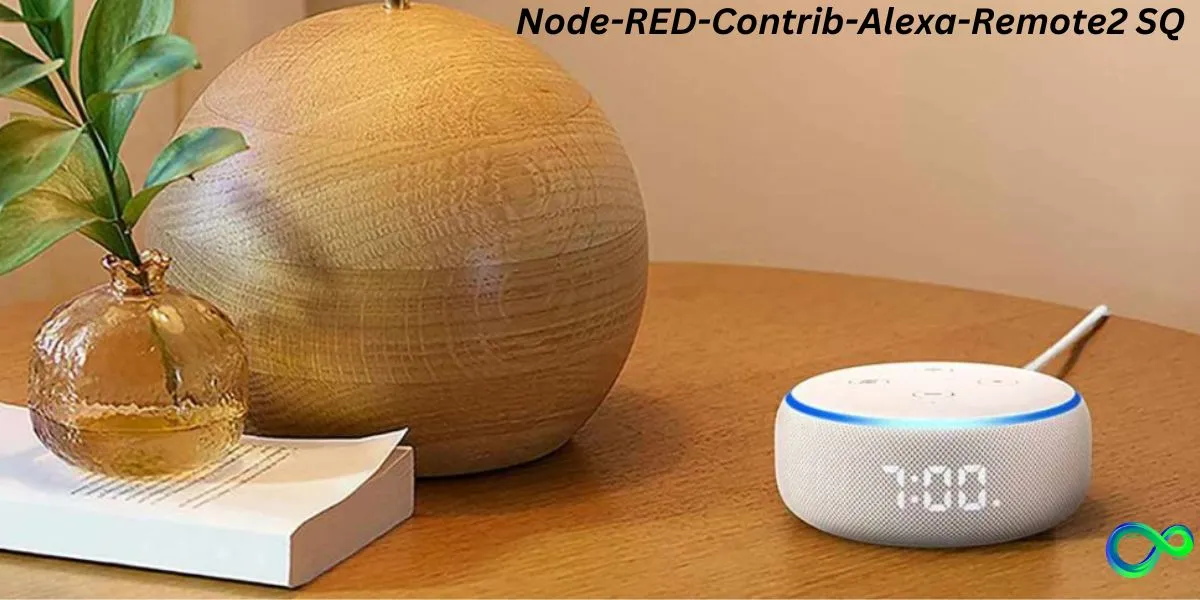State_Class None and Device_Class Volume: A Comprehensive Guide
Controlling a network of devices in the setting of smart home automation necessitates precise tracking and system and sensor integration. State_class none and device_class volume are two crucial components that frequently show up in smart home configurations, particularly in platforms like Home Assistant.
These phrases provide important details regarding the kind and behavior of sensors by referring to specific traits or categories inside a device’s configuration.
The meaning of state_class none and device_class volume, their role in home automation, and their impact on the operation of your smart home will all be covered in this article.
Also read:
Fruit Seas Trello: A Guide to the Roblox Game Based on One Piece
What is “state_class”?
State_class is a land that defines how a device’s status is dealt with over time in smart home platforms such as Home Assistant. It displays the type of state value that a sensor has delivered.
Measurement, total, total_increasing, and none are some of the types into which these variables can be divided. When state_class none is used, the sensor does not have a state that needs to be tracked previously or that is anticipated to change frequently over time.
For example, a sensor with state_class none may be a device that requires constant monitoring but does not report a measurement or numerical value. Devices like binary sensors, which only show an on/off state without requiring in-depth history analysis, may fall under this category.
On the other hand, machines that continuously monitor changes, such temperature or energy consumption, usually use sensors with other state classes (like measurement).
What is “device_class”?
A further essential element of smart home systems is device_class. It stands for the kind of sensor or device that is being used. Users and systems can better understand what data a sensor collects or controls thanks to this category.
There are several different kinds of device classes, including energy, humidity, temperature, and, in this instance, device_class volume.
The term “device_class volume” describes a sensor used to gauge the volume of a thing, often a liquid or gas, or in certain cases, the volume of audio. An intelligent water meter might, for instance, record the value of water that flows through it using device_class volume.
In a similar vein, an audio control device can monitor or modify sound levels using device_class volume.
The Importance of “state_class none and device_class volume” in Home Automation
When setting up or fixing smart audio system, it’s vital to understand the state_class none and device_class volume combo. This is the reason:
1. Accurate Sensor Integration
You can identify that a sensor was not intended to track long-term changes by looking for state_class none. The gadget is anticipated to provide on-demand measurements instead of continuous monitoring due to the absence of a status class.
In applications such as monitoring liquid and sound levels or even regulating speaker volumes in a smart home audio system, it may be useful to know if a sensor is accurately measuring volume if it also uses device_class volume.
2. Automation and Reporting
The proper use of this sensor in control processes makes it possible for automation systems by establishing both state_class none and device_class volume.
For instance, the system will recognize that it should only deliver results upon request rather than continuously measuring data if you’re using a volume sensor to track water usage.
In order to assist with activities like tracking water conservation or adjusting the audio levels in your home theater, the classification also instructs the system to treat the value as a volume measure.
3. Troubleshooting Device Issues
The sensors may exhibit unusual behaviors even when they are properly identified. Incorrect state_class none and device_class volume settings may be the cause of problems where a volume sensor is not correctly capturing data or initiating automation.
Proper device operation depends on these properties being assigned correctlyUse Cases
Use Cases
In reviewing the definitions, let’s explore some practical uses for state_class none and device_class volume in home automation devices.
1. Smart Water Meters
Clever faucets can assist in tracking usage in a household where conserving water is crucial. The water meter’s sensor gauges the amount of water passing through your pipes, so it is most likely categorized as device_class volume.
2. Home Theater Volume Control
The typical control feature of smart home systems is the ability to control audio volumes. Smart speakers in your system may use Device_Class Volume to report or adjust their sound level.
In this case, state_class none indicates that the system controls the volume at the moment in real time rather than monitoring prior volume changes.
3. Fuel or Gas Sensors
State_class none and device_class level would be applicable for residences with fuel sensors that detect the amount of gas in storage tanks. These sensors don’t necessary need to monitor continuous changes, but they do provide volume values, such as the quantity of natural gas or propane accessible.
They are more appropriate for sporadic checks than for continuous surveillance because they only respond to queries by giving the current levels.

Applications of State_Class None and Device_Class Volume in Real-World Scenarios
Users who wish to know how much fluid is there for use at any one time can also use water storage tanks. Without keeping account of past levels, a sensor categorized as state_class none and device_class volume will indicate the tank’s water level in real time.
When the current situation is all that matters, like making sure the water supply is adequate for urgent demands, this kind of monitoring is ideal.
Advantages of Using State_Class None and Device_Class Volume
The ease of data handling is one of the main benefits of utilizing devices classed under state_class none and device_class volume. These devices don’t need extra resources to store, process, and analyze past data because they simply concentrate on real-time data. They become cheaper and more effective as a result, especially in systems that have needless long-term data tracking.
The simplicity of state_class none and device_class volume devices decreases the risk of data overload.
These gadgets enable users to make snap judgments. They do this by focusing on real-time information, eliminating the need to comb through enormous amounts of past data.
Limitations of State_Class None and Device_Class Volume
State_class none and device_class volume devices have drawbacks in spite of their benefits. The absence of historical data is the most evident disadvantage.
In addition, state_class none and device_class volume devices are not appropriate for predictive analysis since they only offer real-time data. Users must rely on additional tools or sensors for long-term tracking. These tools help forecast future usage or make plans based on historical use.
Conclusion: State_Class None and Device_Class Volume
Installing and managing smart home devices requires a knowledge of state_class none and device_class volume. These features have an enormous effect on how your automation system communicates with sensors and gadgets.
You may make your home automation system more responsive and effective by properly configuring device_class volume and state_class none. You will understand these phrases and their significance to the success of your smart home. This will happen the next time you come across them.
FAQs: State_Class None and Device_Class Volume
Here are some FAQS about “State_Class None and Device_Class Volume”. Our team of experts is available 24/7 to answer any questions you may have.
1. What Happens When a Device is in State_Class None?
When a device enters State_Class None, it means the device is inactive or not performing any tasks. It conserves power, reducing resource usage, and remains idle until activated again.












3 thoughts on “State_Class None and Device_Class Volume”